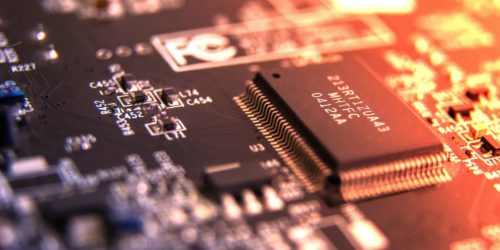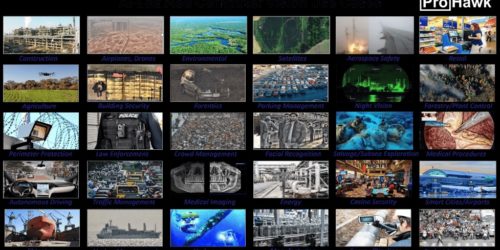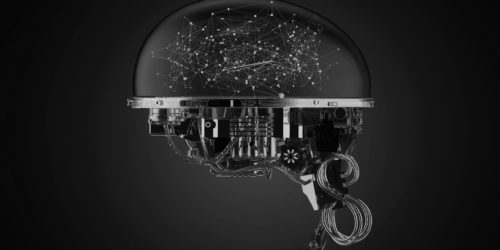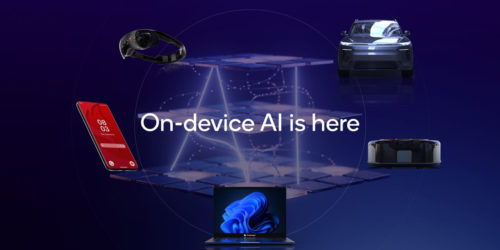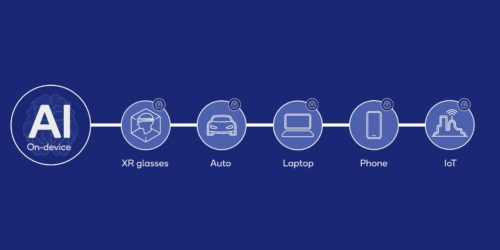How is AI Transforming the Semiconductor Industry?
This blog post was originally published at Digica’s website. It is reprinted here with the permission of Digica. The semiconductor industry stands as a driving force behind technological advancements, powering the devices that have become integral to modern life. As the demand for faster, smaller and more energy-efficient chips continues to grow, the industry faces […]
How is AI Transforming the Semiconductor Industry? Read More +

